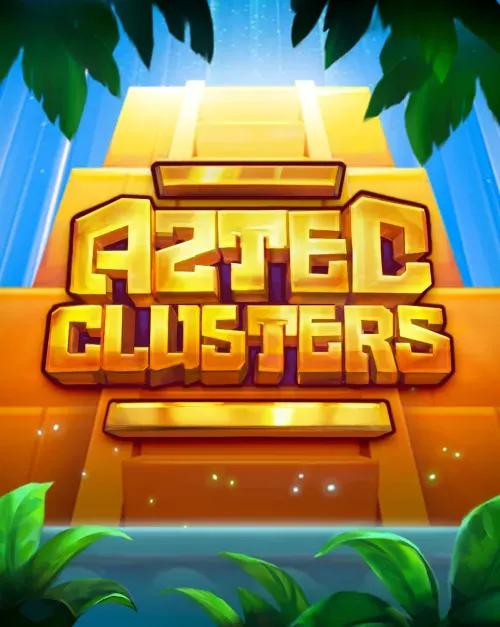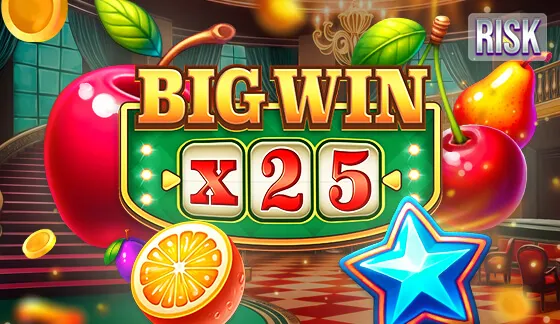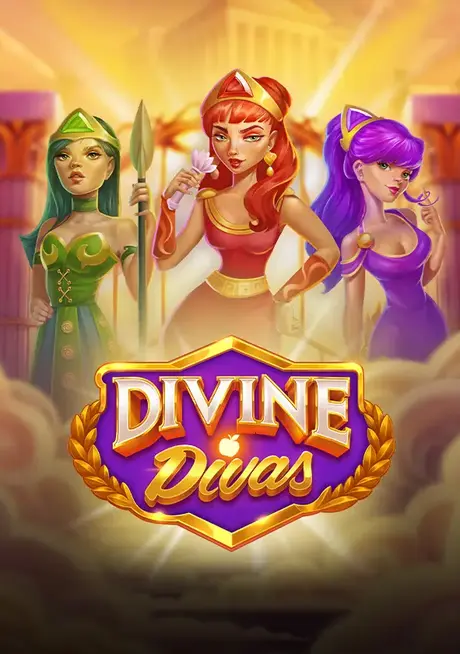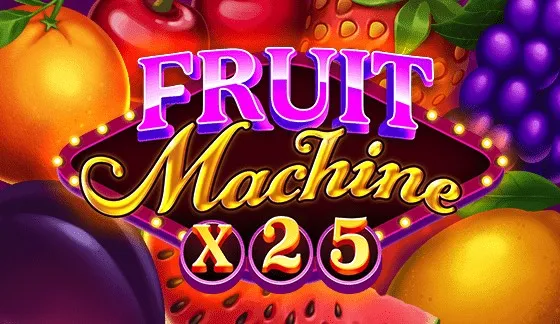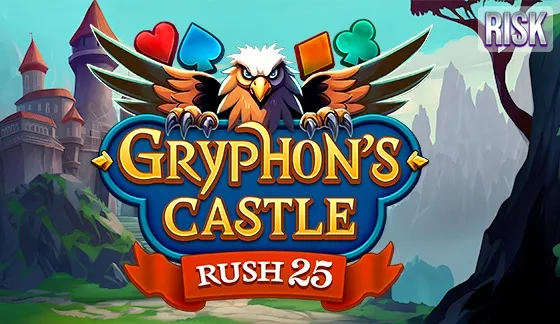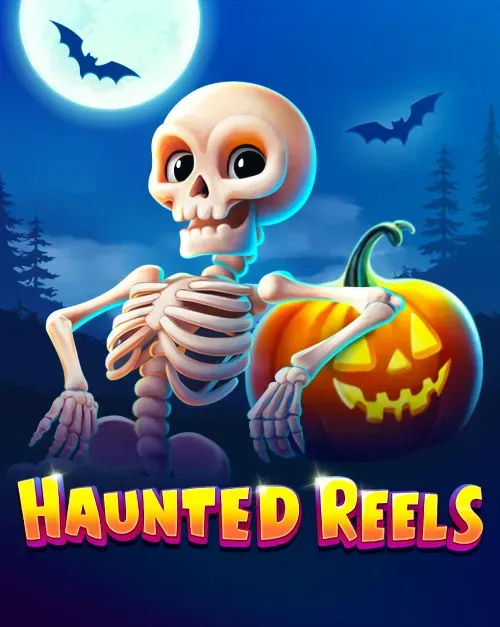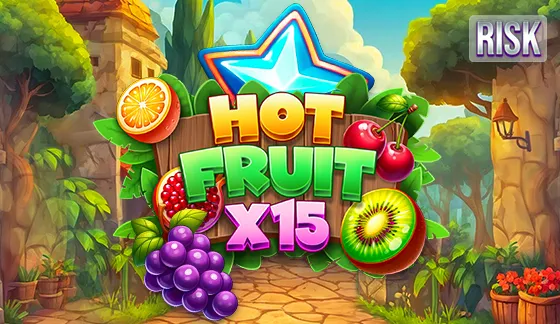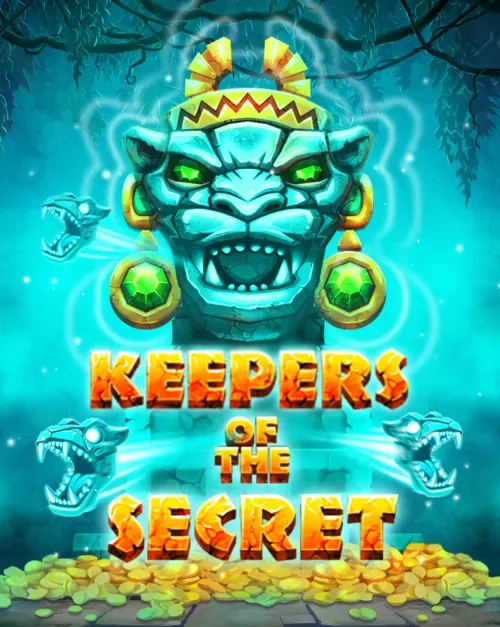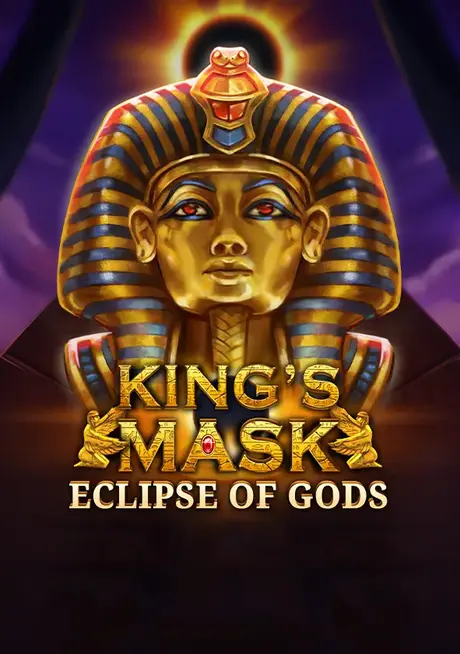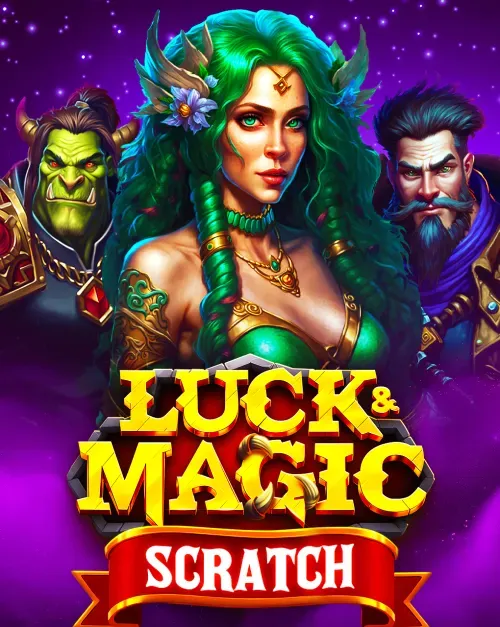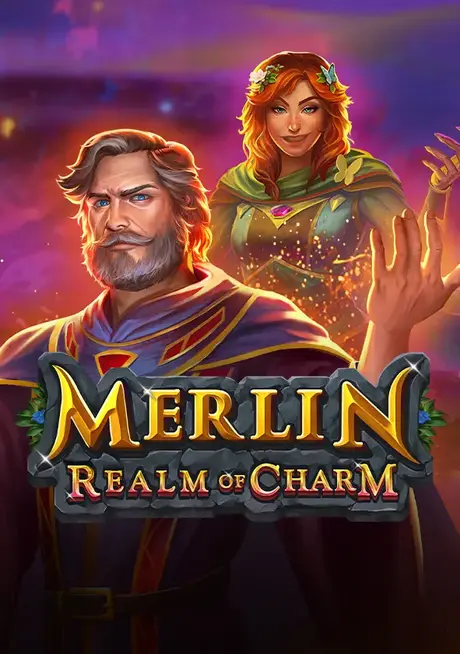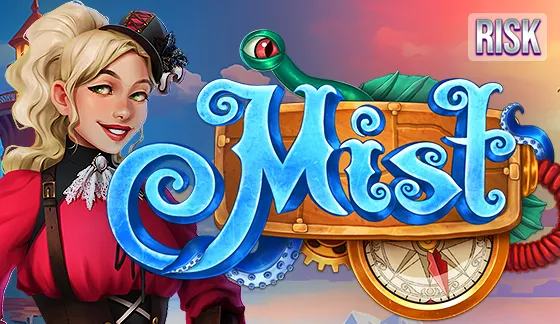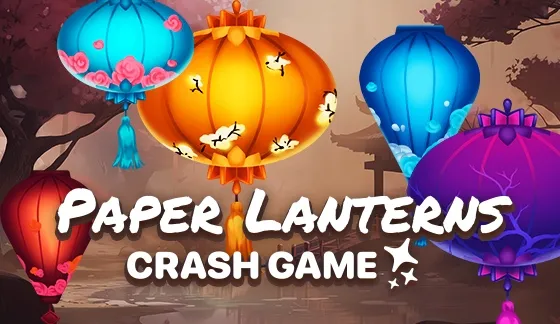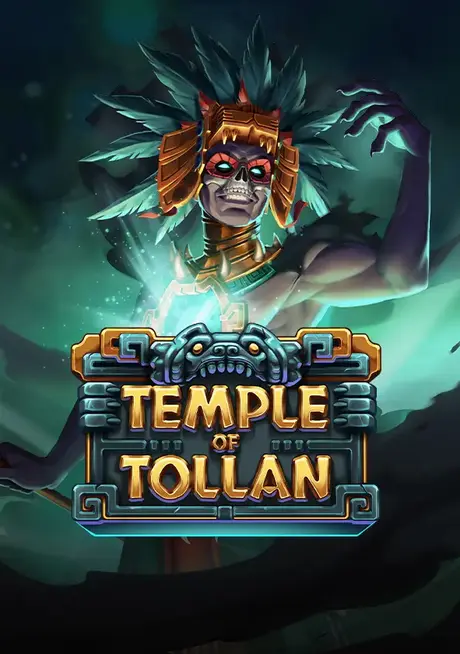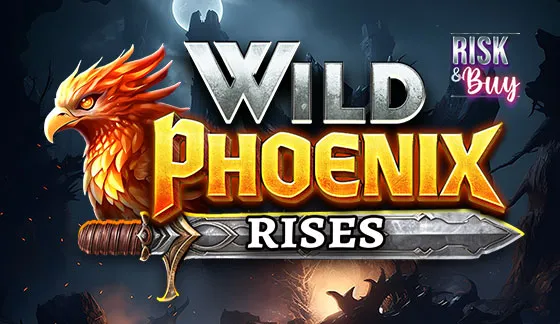ИЗБРАННЫЕ ИГРОВЫЕ АВТОМАТЫ
Jackpot
1 680 498 566 780 ₽
Топ выигрышей
Сегодня
-
 7747...28 3 000 ₽ 150 000 ₽
7747...28 3 000 ₽ 150 000 ₽
-
 7747...28 1 500 ₽ 300 000 ₽
7747...28 1 500 ₽ 300 000 ₽
-
 7747...28 5 000 ₽ 1 000 000 ₽
7747...28 5 000 ₽ 1 000 000 ₽
-
 7747...28 400 ₽ 20 000 ₽
7747...28 400 ₽ 20 000 ₽
-
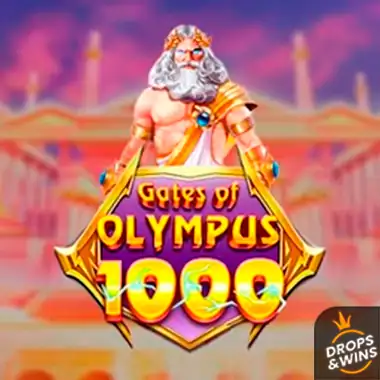 7747...28 30 000 ₽ 1 080 000 ₽
7747...28 30 000 ₽ 1 080 000 ₽
За месяц
-
 7747...28 3 000 ₽ 150 000 ₽
7747...28 3 000 ₽ 150 000 ₽
-
 7747...28 1 500 ₽ 300 000 ₽
7747...28 1 500 ₽ 300 000 ₽
-
 7747...28 5 000 ₽ 1 000 000 ₽
7747...28 5 000 ₽ 1 000 000 ₽
-
 7747...28 400 ₽ 20 000 ₽
7747...28 400 ₽ 20 000 ₽
-
 7747...28 30 000 ₽ 1 080 000 ₽
7747...28 30 000 ₽ 1 080 000 ₽
Преимущества Mellstroy Casino для игроков
Мелстрой Казино предлагает игрокам уникальный опыт благодаря разнообразию игр и привлекательным бонусам. Платформа обеспечивает безопасное и надежное окружение для всех пользователей.
Игроки могут наслаждаться широким выбором игровых автоматов, настольных игр и живых дилеров. Каждая игра имеет высокое качество графики и звука, что усиливает впечатления от игры.
Для новых пользователей предусмотрены приветственные бонусы, которые помогают начать игру с дополнительными средствами. Постоянные игроки могут рассчитывать на регулярные акции и программы лояльности.
Навигация на сайте проста и интуитивно понятна, что позволяет быстро находить нужные игры и функции. Поддержка клиентов доступна круглосуточно, обеспечивая помощь в любых вопросах.
- Широкий выбор игр
- Приветственные бонусы
- Круглосуточная поддержка
- Регистрация на сайте
- Пополнение счета
- Начало игры
| 🤓 Страна проживания пользователей | Россия, страны СНГ |
| ⏲ Год основания | 2023 |
| 💵 Минимальная сумма депозита | 100р |
| 🤑 Минимальный лимит для вывода денег | 150р |
| 🎲 Лицензионный статус | Кюрасао |
| 🧭 Веб-платформа для игровых приложений | волгафнслаб.рф |
| 🍀 Виды рулетки | Французская, Американская, Европейская |
| 🎯 Инструкция по использованию интернет-казино | Разработано с учётом ваших потребностей |
| 🤑 Бонусы при регистрации, которые вас порадуют | Специальное предложение для новых пользователей: бонус 100% от первого депозита до 200 000 рублей, 250 бесплатных вращений и специальный бонус 400% с промокодом |
| 🏆 Уникальная система прогрессии | Индивидуально разработана для вас |
| 💥 Система возврата денег | Позволяет возвращать до 10% от общей суммы расходов за неделю, без учета выигрышей |
| 📲 Приложения для мобильных устройств на разных операционных системах | Поддержка устройств на платформах Android и iOS |
| 🔒 Варианты регистрации аккаунта | Регистрация через электронную почту или номер мобильного телефона |
| 🍒 Служба поддержки клиентов | Связаться с нами можно через веб-чат на сайте |
| 🔑 Возрастные ограничения | Мы предоставляем услуги для клиентов старше 21 года |









